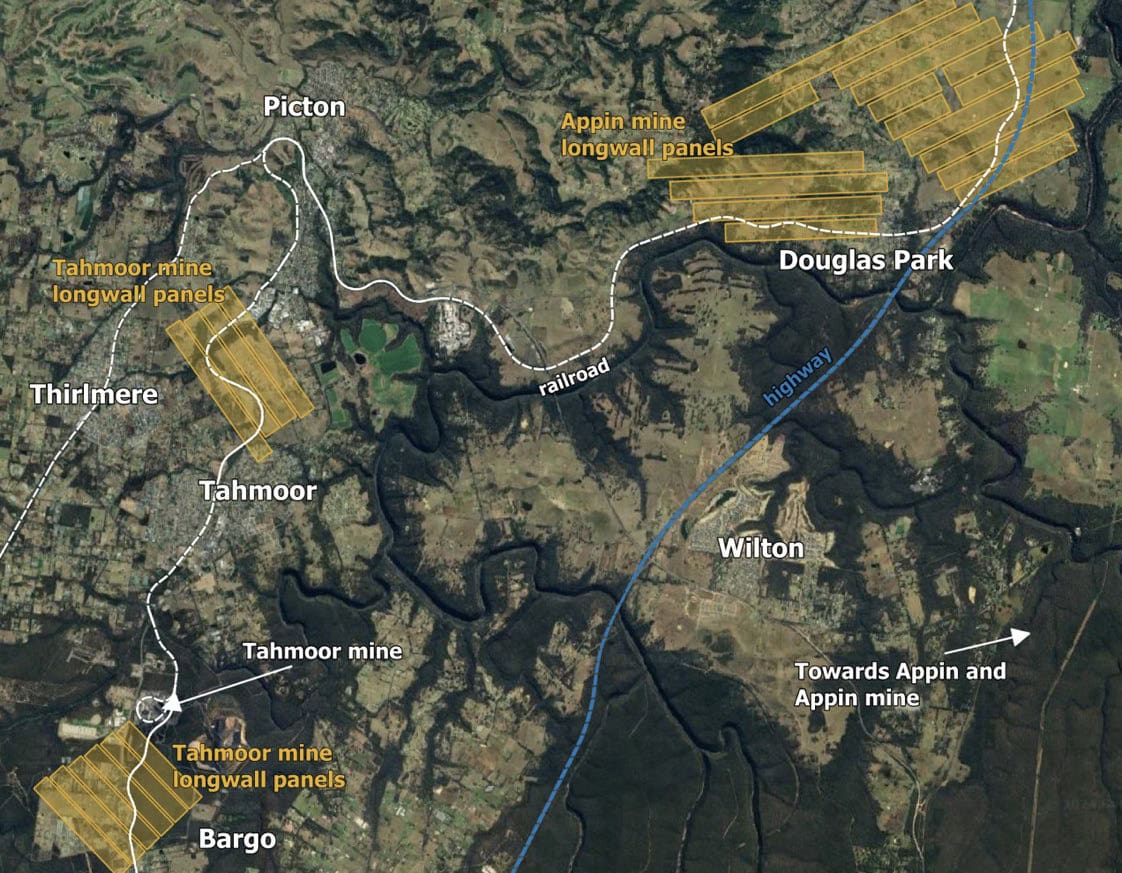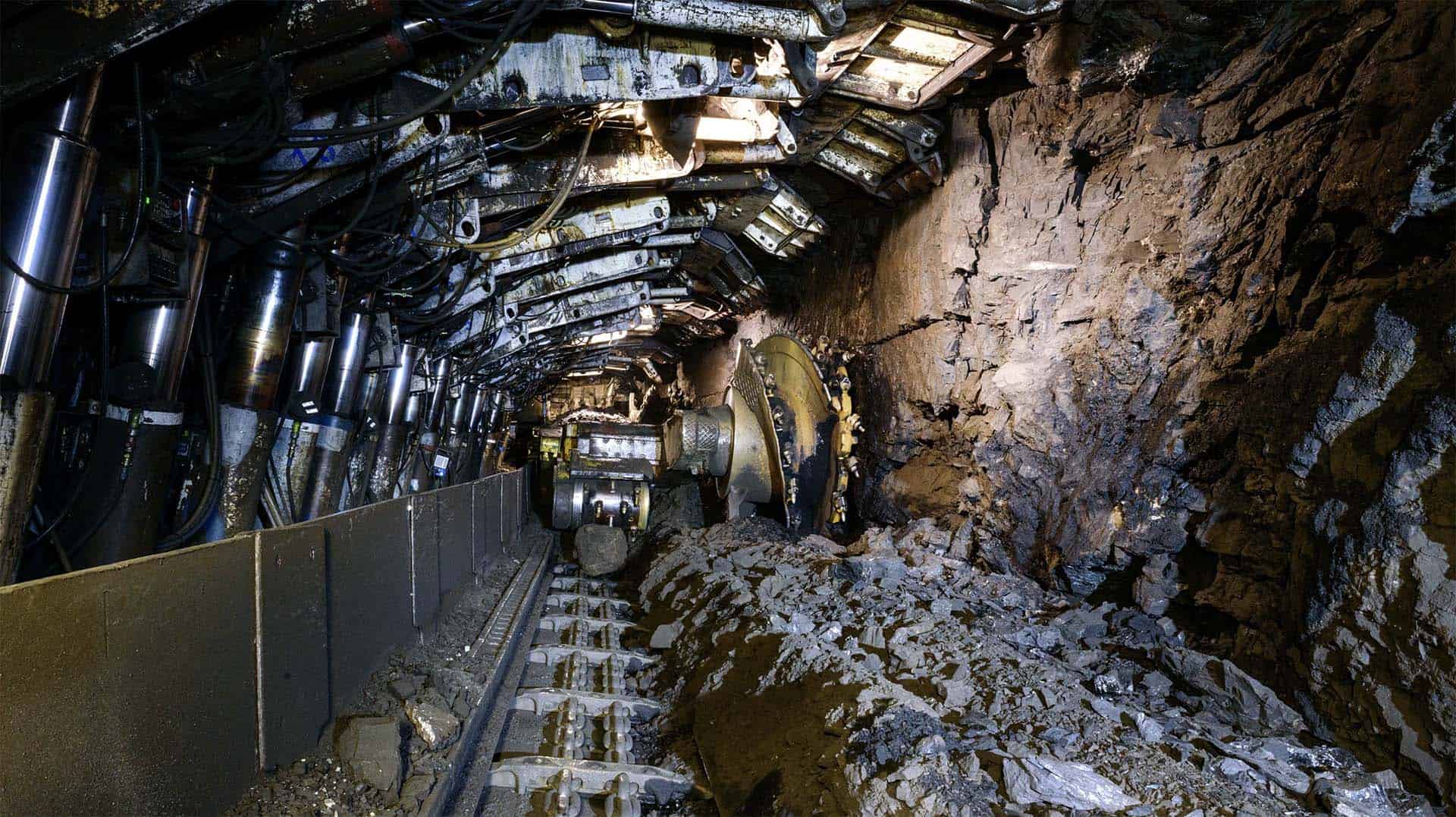By the very nature of its method, longwall coal mining can create a risk of major subsidence.
Open voids – once filled by massive coal deposits – are deliberately and safely collapsed as the mining moves through the landscape hundreds of meters underground.
On the surface, the result can be rapid vertical and horizontal displacement – the extent of which is dependent on the structural integrity of the mine’s roof –as the topography settles into its new constitution.
Not only does this displacement create major risk to miners’ safety, requiring vigilant and robust mitigation protocols, but it can also impact the neighbouring environment, communities, and infrastructure –often located near these coal deposits.
The Tahmoor and Appin mines in New South Wales, Australia, are two such examples of how the overlap of approved longwall mining with local communities and infrastructure poses a diverse range of safety, operational, and strategic challenges.
In this edition of Mine Shift, we’ve analyzed the subsidence extents at both Tahmoor and Appin, to review the impact of recent activity and unearth notable trends and hotspots.
Read Our Analysis

